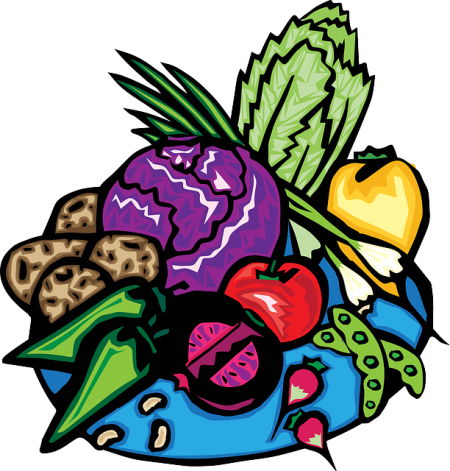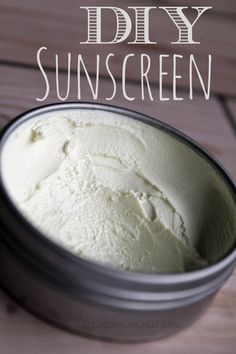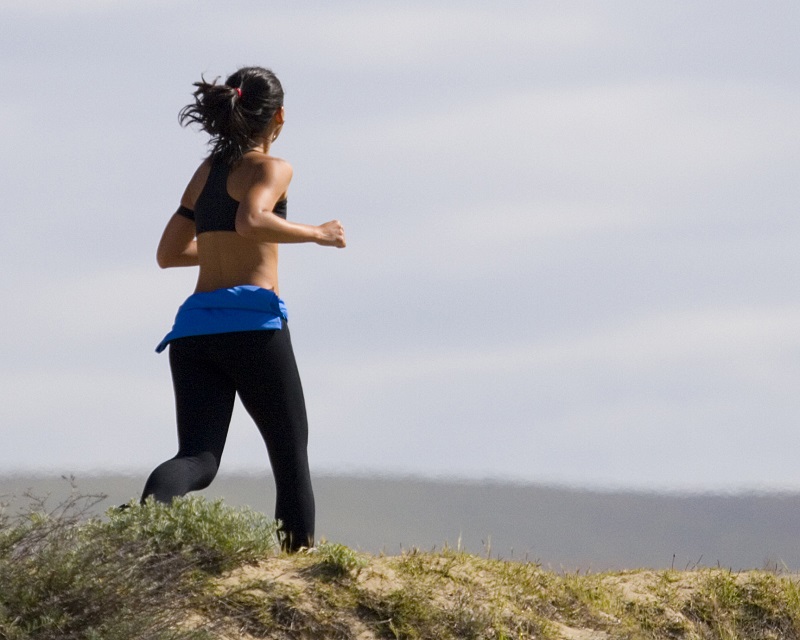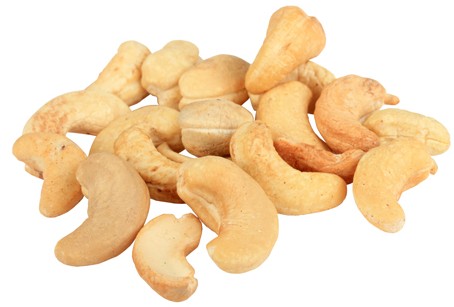When the skin is exposed to the sun’s harmful rays it can cause burns and skin irritation. This causes increased thickness of the skin and changes the immune functions. When the immune functions are compromised the result may be injury, optical aging, skin cancer and other diseases. According to doctors, the sun is a source of UV rays responsible for skin diseases caused by prolonged exposure. When UV rays are in prolonged contact with skin optical absorption of photos (radiation) can occur and often oxidative stress results. Oxidative stress stimulates the production of harmful free radicals. So be careful during the summer elements as much as possible and try not to stay a long time in the hot sun. You can prevent these risks by relying on nutrition for the prevention of diseases caused by the sun. Food that contain vitamin C, beta carotene, selenium and other basic foods are helpful as they reduce free radicals, protect you from skin cancer, prevent wrinkles, prevent photovoltaic aging, inflammation and immune changes from exposure. It is important to know that you cannot rely uniquely on these foods to protect your skin from the harmful effects of the sun. See my post on DIY Sunscreen to protect yourself.
Foods That Help Protect Your Skin From Sun Exposure
Tomato: Cooking tomatoes is a highly effective way to help extract the private beta carotene and lycopene Flavonoid that protects the skin from the sun’s harmful rays. In addition olive oil or avocado with tomato salad helps to absorb the tomato’s helpful benefits.
Carrots, broccoli, sweet potatoes and spinach: Lycopene belongs to a group which includes carotenoids and beta carotene in foods like carrots, broccoli, sweet potatoes and spinach.
Chocolate: Chocolate contains many Flavonoids and antioxidants so having a cup of hot cocoa every day reduces the risk of ultraviolet radiation, as it reduces the appearance of solar wrinkles, especially in the neck and under the eyes.
Green tea: Drink green tea daily to reduce the damage caused by the sun’s rays and prevent skin cancer. Green tea has preventive properties that contain high levels of potent antioxidants that eliminate harmful free radicals that form when skin is exposed to the sunlight’s ultraviolet rays.
Pomegranate: Pomegranates play an active role in protecting the skin from ultraviolet radiation risks because they contain Ellagic acid.
Omega 3 oils: Omega 3 oils work on the immune system response to the risk of skin exposure to sunlight. Flax, chia and hemp seeds are great sources for Omega 3 oils.
Fruit and vegetables: Fruits and vegetables have their own effectiveness in preventing skin diseases because they contain antioxidants, especially in citrus fruits and carrots.
Experts point out that the best way to protect the skin from the harmful sun is to drink sufficient amounts of water, use sunscreen, along with a good moisturizer. This can save you from the rays of the sun that cause damage to the skin.
Thanks to:
The beauty of food by Hanan





